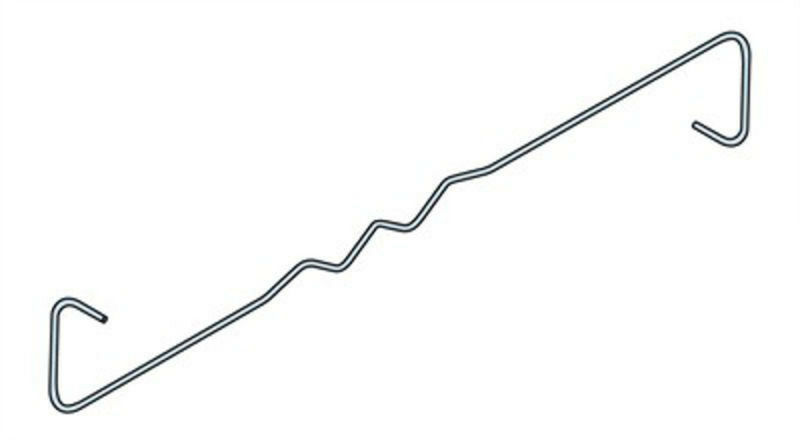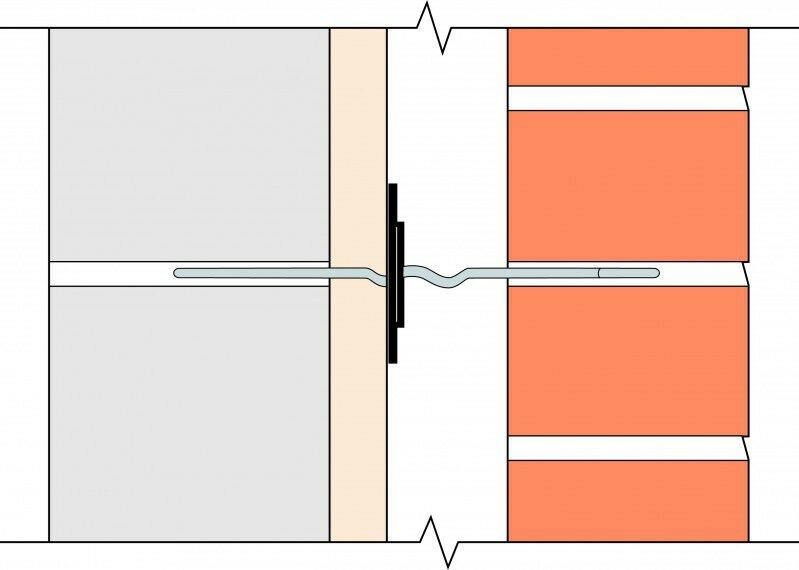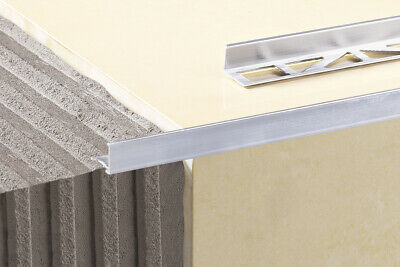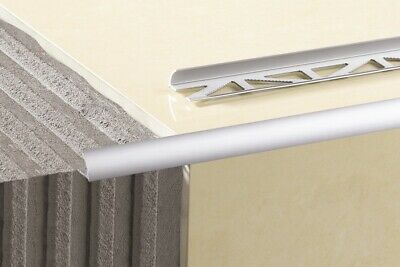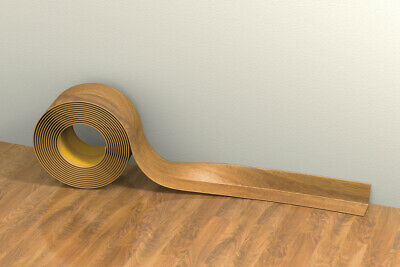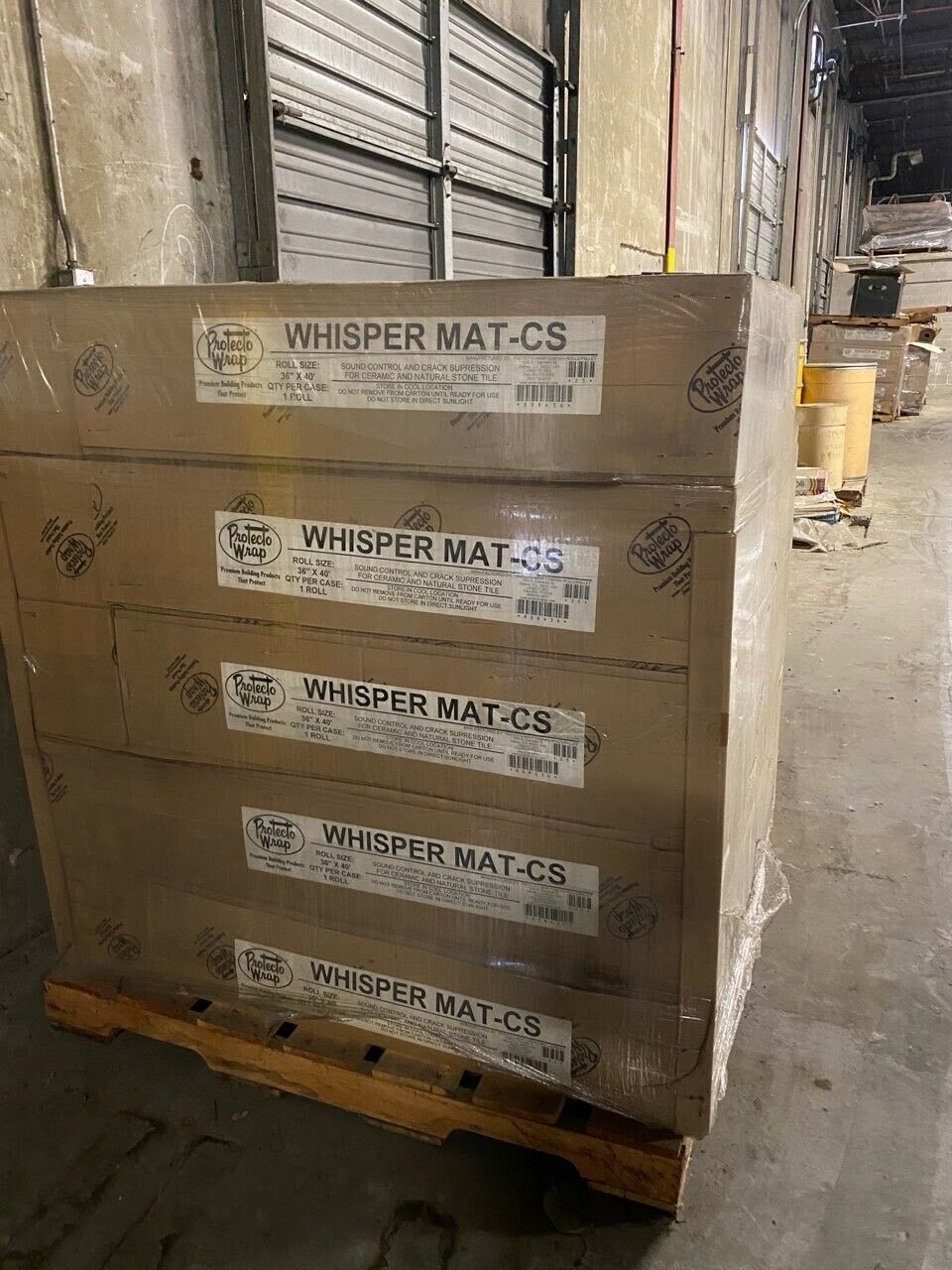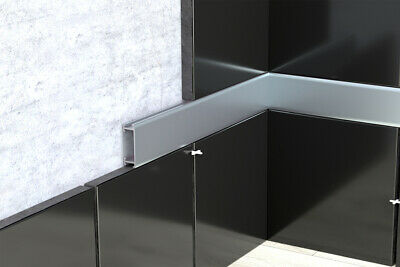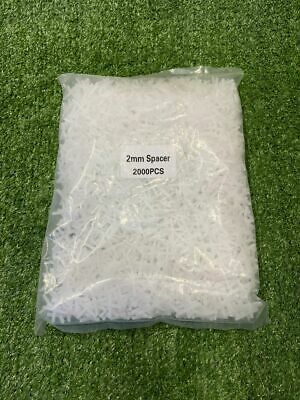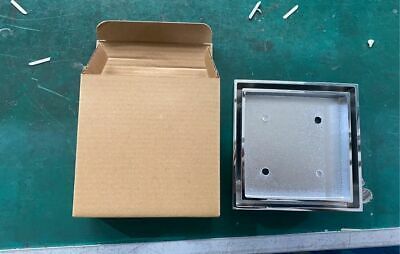-40%
20 x Simpson Stainless Steel Cavity Wall Ties Cavities 50-75mm - WTS2-200
$ 7.83
- Description
- Size Guide
Description
Simpson Stainless Steel CAVITY WALL TIES Cavities 50-75mmType 2 wall ties are suitable for general purpose applications such as domestic and small commercial buildings up to 15m in height. They can also be used in buildings with heights exceeding 15m, but should only be used in those situations if shown to be of adequate performance by calculation. Use in flat sites where the basic wind speed is up to 31 m/s and the altitude is not more than 150m above sea level.
Recommended Positioning and Density
For walls in which both leaves are 90mm or thicker, masonry ties need to be placed at not less than 2.5 per square metre (900mm horizontal x 450mm vertical centres).
The ties should be evenly distributed throughout the wall area, with the exception of around openings and should be staggered where possible.
Insulation Board
Where insulation board is installed within the cavity and restrained by ties with insulation retaining clips (Simpson Strong-Tie ref. IRC001), it may be necessary to reduce the horizontal spacing of the ties to 600mm.
At vertical edges of an opening, unreturned or unbonded edges, and vertical expansion joints - additional ties should be used at a rate of one per 300mm (height) and located not more than 225mm from the edge.
Length of Tie and Embedment
Wall ties should be of the correct length to ensure they are fully embedded in the masonry.
The tie should have a minimum embedment of 50mm in each leaf, but also allow for site tolerances relating to the cavity width and centring of the tie.
The recommended tie lengths will therefore achieve an embedment of between 62.5mm and 75mm.
For the most suitable tie length, see the “Recommended Masonry to Masonry Tie Length” table.
Sound Resistance
As stated within the Approved Document E 2003 - Resistance to the Passage of Sound - wall ties used in external and separating cavity walls have to have a minimum value of dynamic stiffness to reduce the transmission of airborne noise.
Ties are separated into Type A and Type B.
Type A: Can be used in separating walls and external walls subject to them also having the required structural capacity. They can be butterfly ties or other ties with a dynamic stiffness of less than 4.8 MN/m3.
Type B: Can only be used in external cavity walls subject to them also having the required structural capacity. They can be butterfly ties or other ties with a dynamic stiffness of less than 113 MN/m3.
Simpson Stainless Steel CAVITY WALL TIES Cavities 50-75mm Recommended Positioning and Density The ties should be evenly distributed throughout the wall area, with the exception of around openings and should be staggered where possible. Insulation Board Length of Tie and Embedment Wall ties should be of the correct length to ensure they are fully embedded in the masonry. The tie should have a minimum embedment of 50mm in each leaf, but also allow for site tolerances relating to the cavity width and centring of the tie. The recommended tie lengths will therefore achieve an embedment of between 62.5mm and 75mm. For the most suitable tie length, see the “Recommended Masonry to Masonry Tie Length” table. Sound Resistance Ties are separated into Type A
